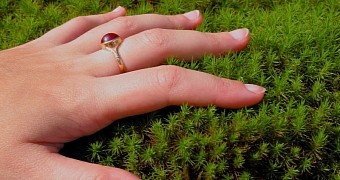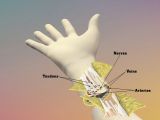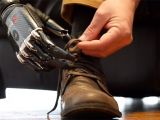Speaking at the 44th annual meeting of the Society for Neuroscience held in Washington DC, US, researchers announced that, having carried out a series of experiments, they found that hand transplant patients can regain feeling in the attached limb.
The outcome of this series of experiments was detailed by Scott Frey, a scientists currently working with the University of Missouri, during a conference that took place this past Sunday, November 16.
The ins and outs of hand transplants
As detailed by University of Missouri researcher Scott Frey, some 100 hand transplants have until now been performed on a global scale. Despite the fact that such interventions are few and far between, most of the ones carried out so far proved fairly successful.
Specifically, the success rate of the hand transplants performed until now is one of over 95%. This is because, thanks to new immunosuppressive drugs, a patient has very little chances to have their body reject the attached limb.
The thing is that, as successful as the hand transplants carried out thus far might have been, science is still a long way from being able to help patients regain feeling in the attached limb. The somewhat good news is that, apparently, the body can sort out this problem all on its own.
Some patients regain feeling following a hand transplant
Study leader Scott Frey explains that, following an amputation, both the nerves outside the brain and the spinal cord, and the brain reorganize themselves. Specifically, the brain areas that dealt with processing information originating from the now missing limb are rewired.
“After an injury to the spinal cord or to the limbs, what we see are that the changes not only occur within the peripheral nervous system, but they extend to the central nervous system,” the researcher told the people attending the conference, as cited by Live Science.
As surprising as this may sound, it appears that, in the aftermath of a hand transplant surgery, these changes that occur in the brain as a result of amputation can be reversed to a certain extent without any intervention from the outside.
Thus, Scott Frey and fellow researchers found that some people can regain feeling in an attached limb, regardless of whether the limb is their own or a donor's. What's more, they say that this can happen even if the transplant surgery is carried out years after an amputation.
As part of their investigation, the scientists compared the sense of touch of 8 amputees to that of 14 healthy individuals. Of the amputees, 4 managed to tell what part of their hand or fingers the researchers were touching without having to look at what the scientists were up to.
Of these 4 amputees proven to have somewhat regained feeling in their attached limb, 2 were recipients of a donor hand that was connected to their body a few years following the injury that cost them one of their limbs, Scott Frey and colleagues say.
It is understood that, the more time had passed since the hand transplant surgery, the easier it was for the volunteers to zoom in on the body area that the University of Missouri researchers were touching while they weren't looking.
Admittedly, several prosthetic hands that can help people feel the world around them have been developed over the years. Still, discovering that the body itself can work on regaining touch sensations following an amputation and a transplant is pretty darn amazing.

 14 DAY TRIAL //
14 DAY TRIAL // 



